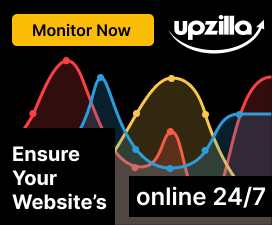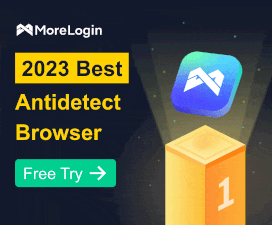Tommy
Moderator
- Joined
- Sep 28, 2012
- Messages
- 370
- Points
- 43
Website design is not just simple with some factors. You should consider with your visitors, their computer and what they do not want. So you should never take over control of them suddenly get all the browser buttons. These ten helpful tips in this thread.
1- Design for your audience
Think in advance about who your audience is. If you work on older computers, for example, many visitors do not work with a Pentium 4 processor.
2-Let the visitor keep control
Do not take on pop-ups appear the control of the visitor or open browser pages without the necessary buttons on it. Disabling of the right is not a good idea.
3- Please note with large images
Make sure your images but a few kilobytes. Not everyone has a super fast broadband connection.
4- The right tool
Use the right tool for the right website. For example, flash is very nice for a portfolio site, but not convenient for a website with a lot of text. Then just use old-fashioned html.
5- Do not scrimp on fonts
There sat fonts are free, but keep in mind why they are free! Usually because they just do not see. Sale once something beautiful and you have a lot more fun.
6- Make your message clear
Let your visitor know what he or she can find on your site. Make the message of the site is clear at a glance. Do you not, your site are so beautiful, but within 20 seconds your visitors.
7- Create clarity
Surprise visitors is fun, but make sure that you are clear. Do not create confusion because you want to be surprising.
8- Provide sufficient information
Make sure that your visitors have sufficient information. As for example they can download, then adds the number of MB the download is large.
9- Keep testing and trying
Testing, testing and more testing. As often as possible in as many different browsers and computers.
10- Check your links
Broken links are one of the most annoying things that you may encounter on the Internet Make sure your links work. Works not take it away.
1- Design for your audience
Think in advance about who your audience is. If you work on older computers, for example, many visitors do not work with a Pentium 4 processor.
2-Let the visitor keep control
Do not take on pop-ups appear the control of the visitor or open browser pages without the necessary buttons on it. Disabling of the right is not a good idea.
3- Please note with large images
Make sure your images but a few kilobytes. Not everyone has a super fast broadband connection.
4- The right tool
Use the right tool for the right website. For example, flash is very nice for a portfolio site, but not convenient for a website with a lot of text. Then just use old-fashioned html.
5- Do not scrimp on fonts
There sat fonts are free, but keep in mind why they are free! Usually because they just do not see. Sale once something beautiful and you have a lot more fun.
6- Make your message clear
Let your visitor know what he or she can find on your site. Make the message of the site is clear at a glance. Do you not, your site are so beautiful, but within 20 seconds your visitors.
7- Create clarity
Surprise visitors is fun, but make sure that you are clear. Do not create confusion because you want to be surprising.
8- Provide sufficient information
Make sure that your visitors have sufficient information. As for example they can download, then adds the number of MB the download is large.
9- Keep testing and trying
Testing, testing and more testing. As often as possible in as many different browsers and computers.
10- Check your links
Broken links are one of the most annoying things that you may encounter on the Internet Make sure your links work. Works not take it away.








